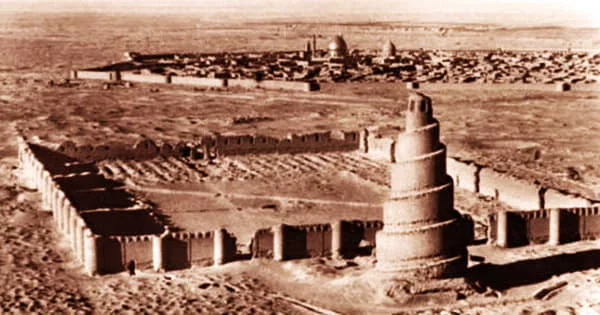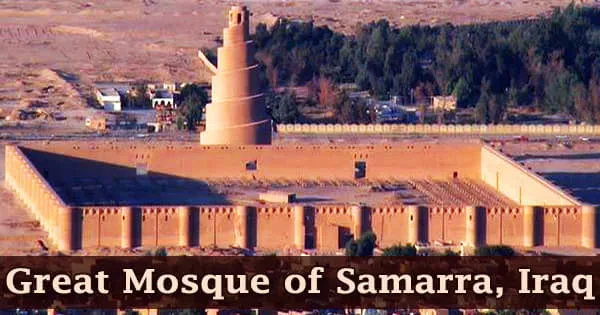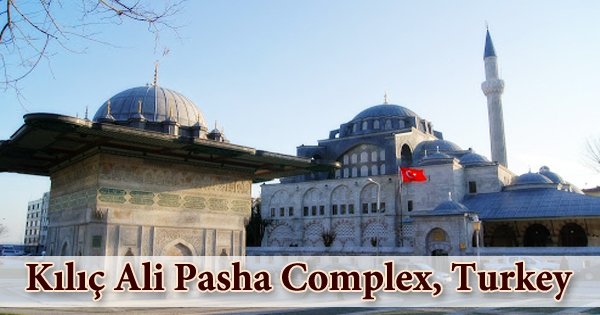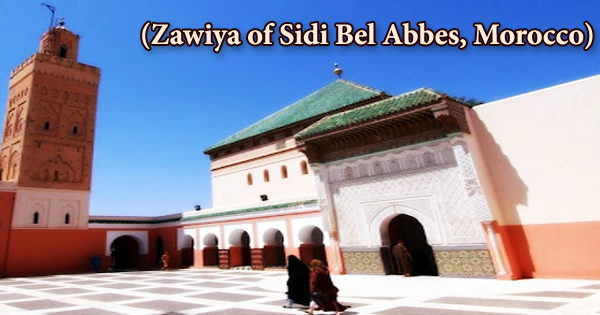The Great Mosque of Samarra (Arabic: جَامِع سَامَرَّاء ٱلْكَبِيْر, romanized: Jāmiʿ Sāmarrāʾ Al-Kabīr, Arabic: مَسْجِد سَامَرَّاء ٱلْكَبِيْر, romanized: Masjid Sāmarrāʾ Al-Kabīr, or Arabic: ٱلْمَسْجِد ٱلْجَامِع فِي سَامَرَّاء, romanized: Al-Masjid Al-Jāmiʿ fī Sāmarrāʾ, lit. ‘The Great Mosque in Samarra’) in Samarra, Iraq, was formerly the world’s largest mosque. It is a mosque in Samarra, Iraq, that dates from the 9th century CE. Samarra was the Abbasid Caliphate’s second capital, after Baghdad, and it ruled over the provinces of the Abbasid Empire, which stretched from Tunisia to Central Asia. It is still the only surviving Islamic capital with its original plan and architecture. Despite all of the destruction and violence inflicted upon it over the years, Iraq today is nevertheless overflowing with amazing archaeological and world heritage sites. The original mosque at Samarra was established in 836, but it was rebuilt by the Great Mosque of al-Mutawakkil between 848 and 852. Al-Mutawakkil, the Abbasid caliph, commissioned the mosque. It was one of the world’s largest at the time of its completion. There could be up to 80,000 Muslims worshiping at the same moment. It was used until the Hulagu Khan invasion of Iraq in 1278 when it was partially destroyed. It is famous for its 52-meter-high (171-foot-high) minaret, which is surrounded by a spiral ramp. The mosque is part of the UNESCO World Heritage Site Samarra Archaeological City, which covers 15,058 hectares (37,210 acres) and was designated in 2007. The minaret is distinguished by a remarkable spiral conical design that rotates counter-clockwise from the bottom up and was originally connected to the mosque by a bridge. The minaret’s summit is reached through a spiral staircase, where an imam would recite the Muslim call to prayer. It was the idea of Al-Mutawakkil, the Abbasid caliph who relocated to Samarra to flee Baghdad’s unrest and stayed for the next 56 years, during which time he erected many palaces, notably the Grand Mosque of Samarra. The congregational mosque was about 38,000 square meters in size, with walls measuring 239 by 156 meters. Here are some other facts about its design:
- The building had a proportion of 3 to 2 which was similar to other mosques.
- Its walls were 2.65 meters thick and included 44 semi-circular towers.
- Its exterior walls, which spanned 444 by 376 meters and encircled an area of 17 hectacres, were 444 by 376 meters. These exterior walls encircle a ziyada, or enclosed field, which was customary in mosques during this time period.
- The structure had 17 aisles and 16 gates.
Only the mosque’s outside wall and the malwiya minaret exist today. Al-Mutawakkil, the architect of the mosque, was killed in 861, making it difficult to attribute constructions like this mosque to a subsequent caliph. Unrest erupted, and a ten-year era of turmoil ensued, culminating in a civil war in 865–856.

This Great Mosque was one of the last structures in this time to have a name attached to it. The minaret is distinguished by a peculiar rising spiral conical design that rotates counter-clockwise from the bottom up and was originally connected to the mosque by a bridge. The top of the minaret is reached through a spiral staircase, where a muadhin would recite the Muslim call to prayer. Both the mosque’s courtyard and the spiral minaret have undergone considerable renovation. Previously, the minaret had just 6 steps and the courtyard had only a few complete arches. The mosque had 17 aisles, and the walls were covered in dark blue glass mosaics. It was part of an eastward extension of Samarra. The mosque’s art and architecture had an impact; floral and geometric stucco carvings within the mosque depict early Islamic adornment. In many ways, the Ibn Tulun Mosque in Cairo, Egypt, is modeled after the Samarra Mosque and stands in a huge open expanse. A triple portico with octagonal columns surrounded the courtyard. Practitioners may enter the inside through the gates, which had a dense grid of pillars and a teakwood roof. Several arched windows were constructed above each door, and square niches were placed along the facade between the towers. After an invasion of Iraq in the 13th century, the Great Mosque of Samarra was largely damaged. The mosque thereafter went into disuse for a long time. The minaret, which stands 52 meters high and 33 meters wide at the base, is one of the most outstanding architectural elements in the medieval city. Its design, which is visible from afar in places around Samarra, is thought to have been meant as a forceful visual statement of Islam’s presence in the Tigris Valley. A big mihrab was framed as an arch in the prayer hall. In the center of the courtyard, there was a fountain with marble tile and mosaics covering it. This fountain is thought to have been cut from a single enormous stone (known as a kasat al-fir’awn or Pharaoh’s Cup) and transported to this location by elephants. It was built by the caliph al-Wathiq. The caliph was a big fan of architecture and had a big influence on it in the city. It’s not unexpected that he created such a one-of-a-kind masterpiece. It has an outside staircase and is built on a square base. The foundation is 33 square meters in size and is over three meters tall. This base supports the ramp that ascends the tower five times counterclockwise until it reaches the top. The two-meter-wide stairs lead to a small circular space with a diameter of twelve meters. Unfortunately, during a bombing strike in 2005, the minaret was partially demolished.
















